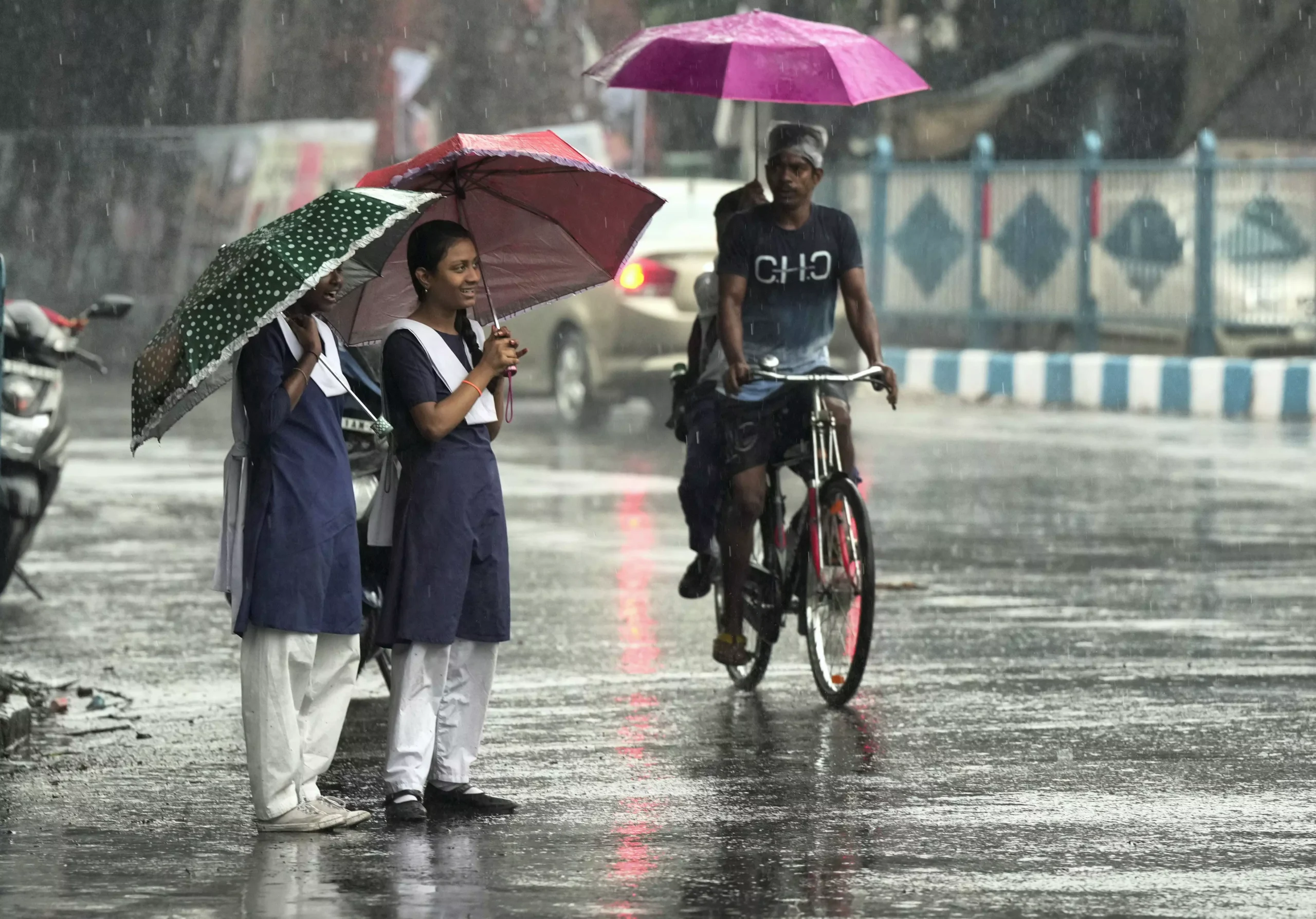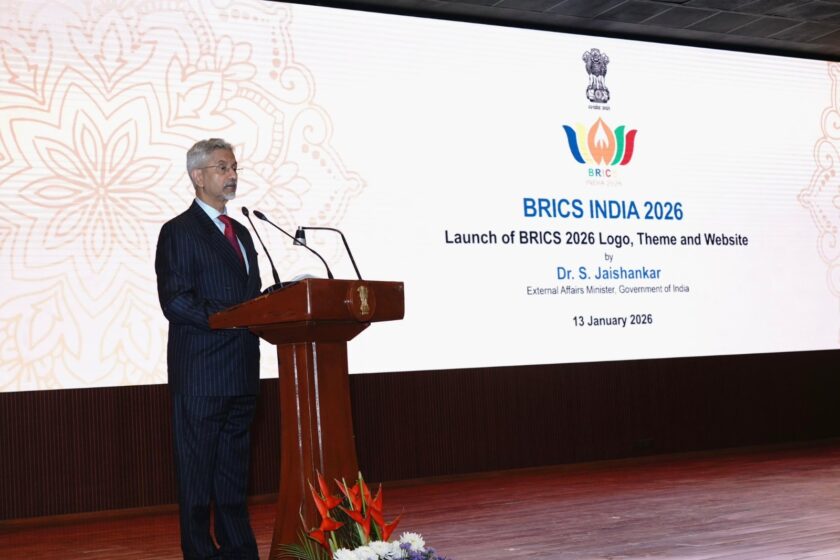News Delhi: India Meteorological Department (IMD) reported on Monday that the country had below-average rainfall in June, with the shortfall standing at 11%, the biggest in five years.
As to the IMD statistics, the nation’s rainfall for the month was 147.2 mm, which is the lowest since 2001, compared to the usual of 165.3 mm.

June precipitation makes up 15% of the 87 cm of total precipitation that the nation experiences throughout the four-month monsoon season.
The monsoon lost strength after developing early over Kerala and the northeast on May 30 and moving steadily all the way to Maharashtra. This resulted in longer wait times for rain in West Bengal, Odisha, Jharkhand, Bihar, Chhattisgarh, Madhya Pradesh, and Uttar Pradesh, as well as worsening the effects of a sweltering heat wave in northwest India. IMD head Mrutyunjay Mohapatra said, “The country recorded 16 days of below-normal rainfall activity—from June 11 to June 27—which led to overall below-normal precipitation.”
According to the IMD, there was a rainfall deficit of 33% in northwest India, 14% in central India, and 13% in east and northeast India. In June, just 14% of the country’s rainfall was excess in south India.
According to the Met Office, 12 percent of the nation’s subdivisional area had surplus to big amounts of rainfall, 38 percent saw regular rainfall, and 50 percent saw deficiency to large amounts of rainfall.
According to IMD statistics, July rainfall was either normal (94–106 percent of LPA) or above normal in 20 of the 25 years where June rainfall was below normal (less than 92 percent of the long-period average).
According to the report, the seasonal rainfall was either normal or above normal in 17 out of the 25 years where June rainfall was below average.

The IMD had previously predicted above-normal rainfall in India during the monsoon season, with an estimated 106% of the long-term average of 87 cm in total precipitation. According to the report, monsoon rainfall is predicted to be below average in northeastern India, normal in the northwest, and above normal in the country’s central and south peninsula areas.
The majority of India’s rain-fed agricultural regions are located in the central monsoon zone, which is expected to get above-average rainfall this season, according to the Met office.
With 52% of the net cultivated area in India depending on the monsoon, it is essential to the country’s agricultural environment.
Additionally, it is essential for restocking reservoirs that are necessary for the nation’s electricity and drinking water production.
Since the majority of the Kharif crop is sown in June and July, these months are regarded as the most significant monsoon months for agriculture.
Scientists have said that El Nino conditions are now dominating and that La Nina might arrive by August or September.
El Nino, which is the periodic warming of the Pacific Ocean’s surface waters in the center, is linked to drier weather in India and weakened monsoon winds. The opposite of El Nino, La Nina, results in an abundance of precipitation during the monsoon season.









